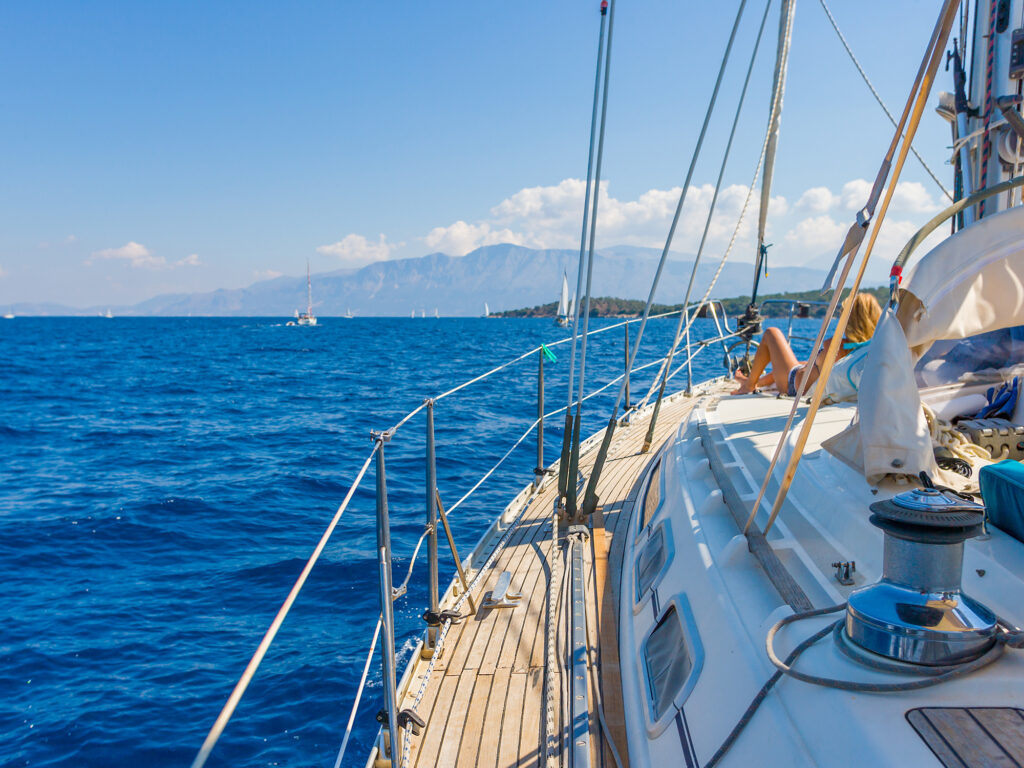
I would hardly describe myself as all-knowing, but at age 93, with a lifetime of offshore sailing experience in my bag, I’ve seen a lot. These days, I can walk on a boat that is preparing to head south and immediately start making a list of improvements.
Here are some of the most important things I’ve learned about how to make your voyage south safer and easier.
No matter what route you take to the Caribbean, or what time of year, your chance is high of running into blows of at least 25 to 30 knots. To prepare, when you’re still in your own home waters, head out with a crew in a good blow and push the boat really hard on various points of sail. Reef the main, and reduce the area of the headsail. On double headsail boats, get rid of the jib, shorten down to staysail and double-reefed main, beat to windward, heave-to, reach and run downwind. Install and test the emergency tiller.
You will undoubtedly discover deficiencies in sails and gear. Fix them, wait for the next blow, and then repeat the process. Your fear and anxiety about being on the boat in heavy weather will eventually vanish.
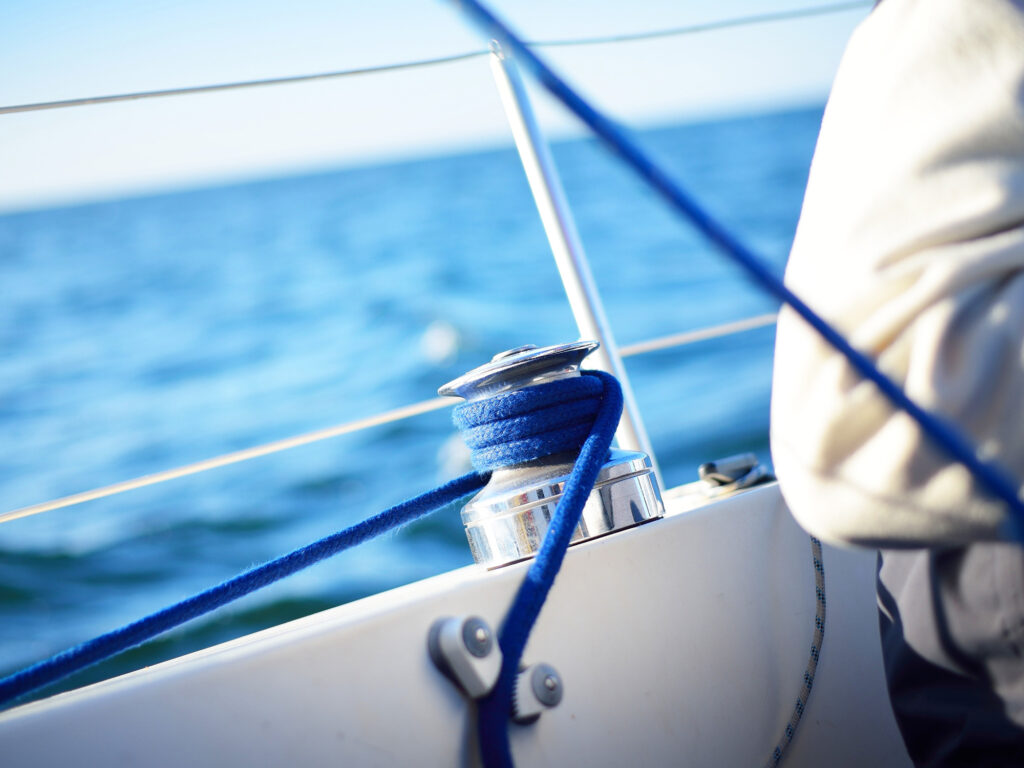
Next, check your mainsail and mizzen reefing systems. In moderate conditions. reef and double reef a couple of times. If you have single line in the boom reefing, then have a good rigger un-reeve it, get rid of the twists, and then re-reeve it.
Single headsail boats heading south should contact a great rigger. Have him design and install a removable staysail stay. This stay should be parallel to the headstay, meeting the mast about where the head of the reefed main will be. Then, have a hanked-on staysail built. Stow it and its sheets in a tight, double-zippered turtle bag, and secure it alongside the mast.
When cruising the Caribbean, before leaving the lee of an island, set up the staysail stay, hoist the staysail, roll up the genoa or jib, and reef the main. You’ll have a comfortable passage.
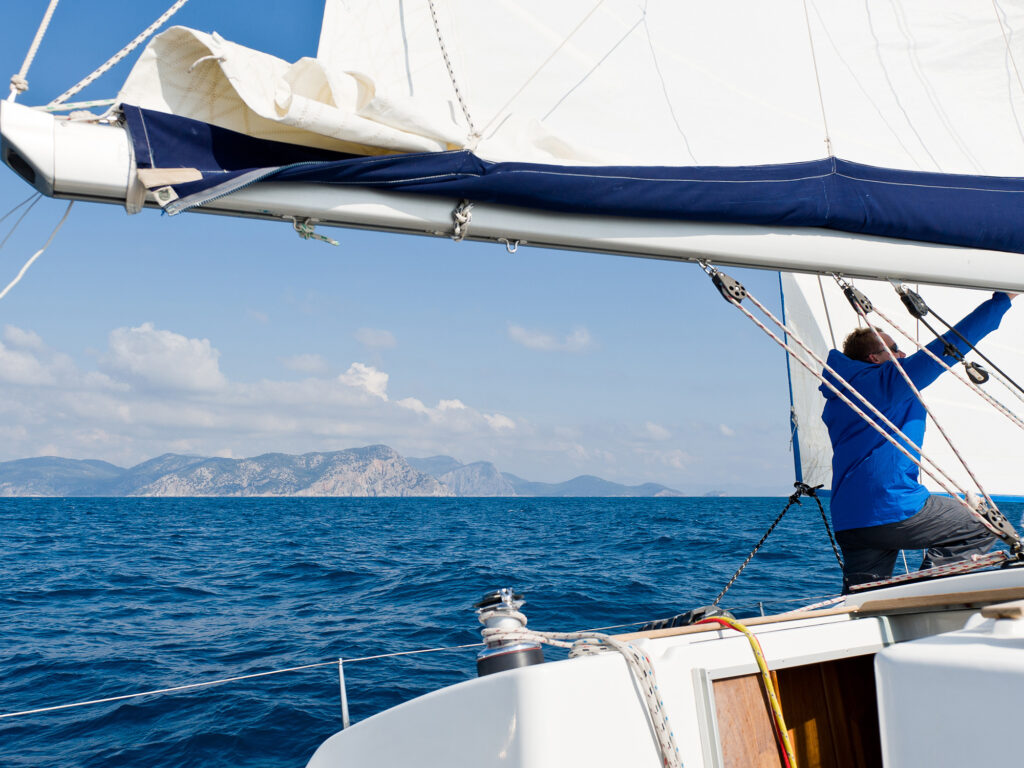
You’ll also want an easily rigged, easily disconnected main boom anti-jibing preventer rig and reaching sheet. (My own failure to install one of these ended my own boat’s 114-year career.) Start by securing a becket block to the end of the boom. To the becket, secure a wire or Kevlar line about 6 inches shorter than the length of the main boom. Secure the end of the line to the gooseneck with a light lashing. Through the block, reeve a line that’s double the length of the main boom, plus about 15 feet. Secure this line to the gooseneck, and coil the excess line.
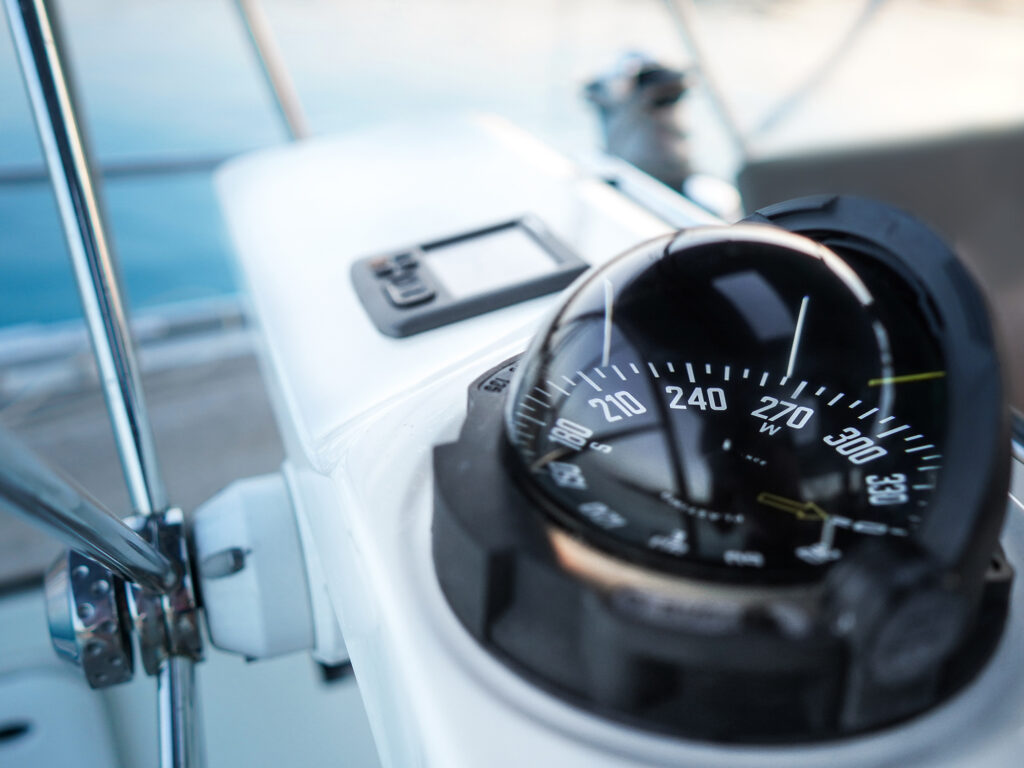
From the stem head or bowsprit end, rig two spinnaker pole foreguys with both ends secured to lifeline stanchions alongside the mast. Once the wind goes aft, and the boat is sailing on a broad reach or almost dead downwind, you can disconnect the line under the boom, attach it to one end of the spinnaker pole foreguy, run the other end back to a cockpit winch or cleat, and set the man boom foreguy preventer up tight. You now have a preventer running from the end of the main boom to the stem or bowsprit end, making it impossible to jibe.
When sailing broad off, attach one end of the reaching sheet to the genoa. Run the other end through a block that’s well forward of amidships, then back to a cockpit winch. Trim the genoa with the reaching sheet. This will open up the angle, allow the main boom to be eased, ease or eliminate weather helm and eliminate chafe. The boat will also be faster.
A double headsail rig is great because it can be properly shortened down in heavy weather, but one problem is that when broad reaching, the jib sheet chafes on the main boom. This problem can be easily eliminated. Go hard on the wind, use tape to mark the jib sheet about 4 feet forward of the rail cap lead block, and then roll up the jib and cut the jib sheet off at the mark. Join it with the section that has been cut off by using a double sheet bend. Mouse the ends of the knots with whipping twine or electrical tape. Then, when sheets are eased and chafe begins, attach the reaching sheet to the jib sheet forward of the knot. Rig the reaching sheet as described above, opening the angle and eliminating chafe.
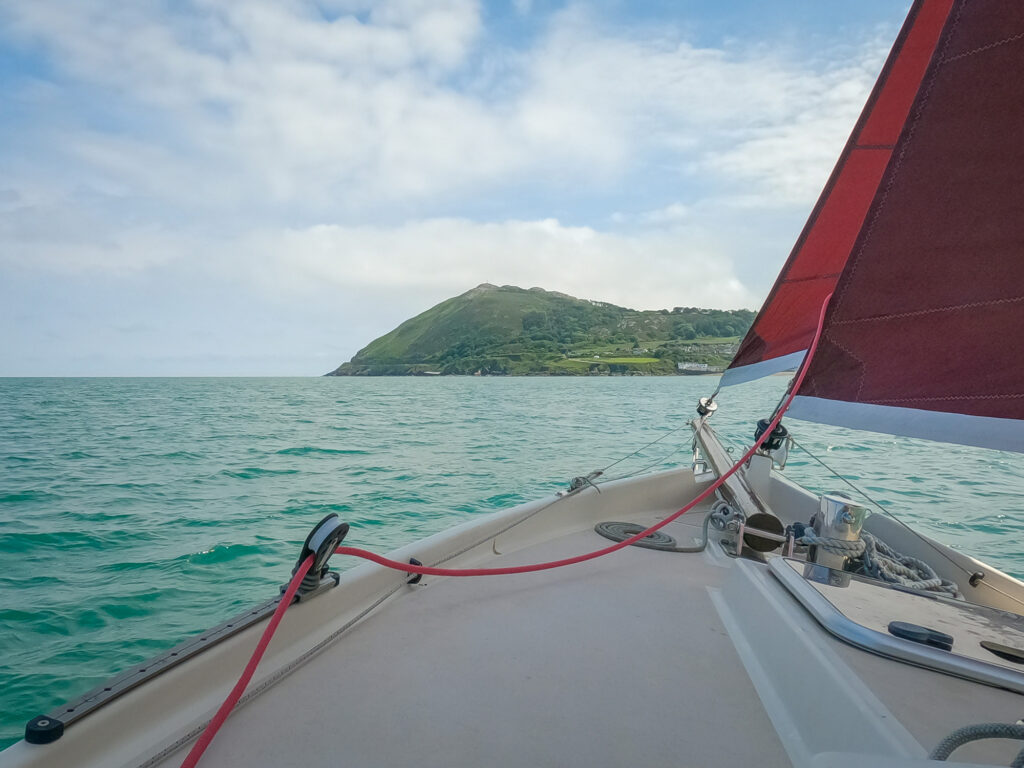
When you are out there pushing the boat hard, double reef the main and reduce headsail area. On a double headsail boat, experiment by rolling up the jib completely, sheeting the staysail flat, and tacking but holding the staysail sheet. Experiment with main trim and helm angle. Hopefully, you will end up lying about 60 degrees off the wind, with little or no headway slipping to leeward, leaving a smooth slick to windward.
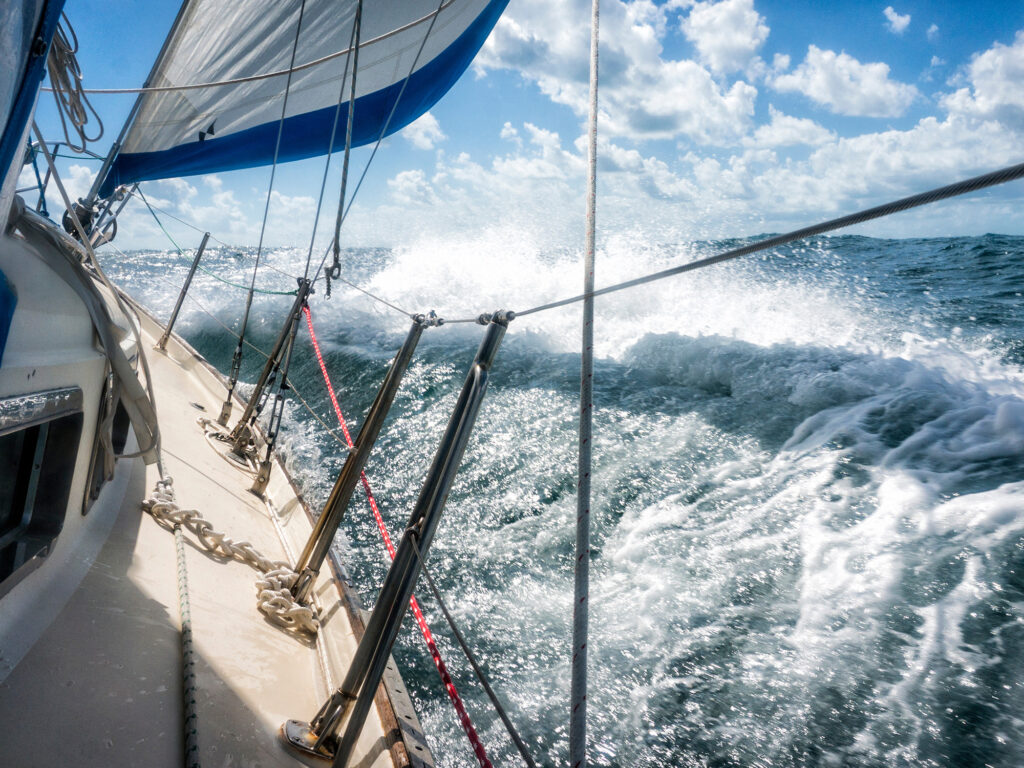
If the staysail is roller furling, then roll up one full roll so that even the worst gust will not blow the sail out of the foil. Ketches and yawls usually will heave-to with the staysail aback and mizzen trimmed flat, or sometimes under mizzen alone.
The modern fin-keeled single headsail sloop with no forefoot to prevent the bow from falling off is almost impossible to get to heave-to. Just try jogging along on a double- or triple-reefed main. Each boat is different, so you’ll have to experiment. After trying to heave-to in a real blow in a single-headsail boat, you will probably be persuaded to install a removable staysail stay with a hanked-on staysail.
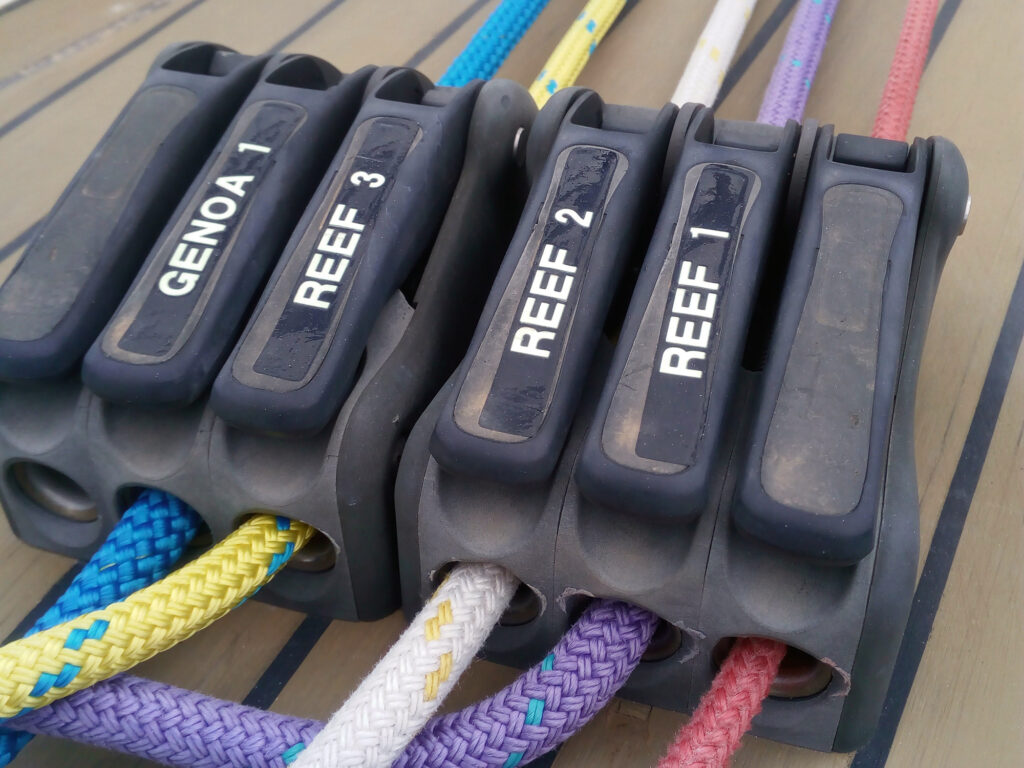
Next, have a sailmaker check all your boat’s sails. In general, on any well-used sail, have him stitch 2/3-foot in on the leach on each seam for the main and headsails. If the main is old, then replace it with a Doyle fully battened stack pack main or the equivalent. This quality of sail will outlast its cover, in my experience, especially if you protect the sail from the sun.
Change the fuel filters on your engine and generator under sail while the boat is well heeled over. It’s a different job than when you do it in port. Practicing will mean that on your way south, if the filters need to be changed at sea, you will be able to do it.
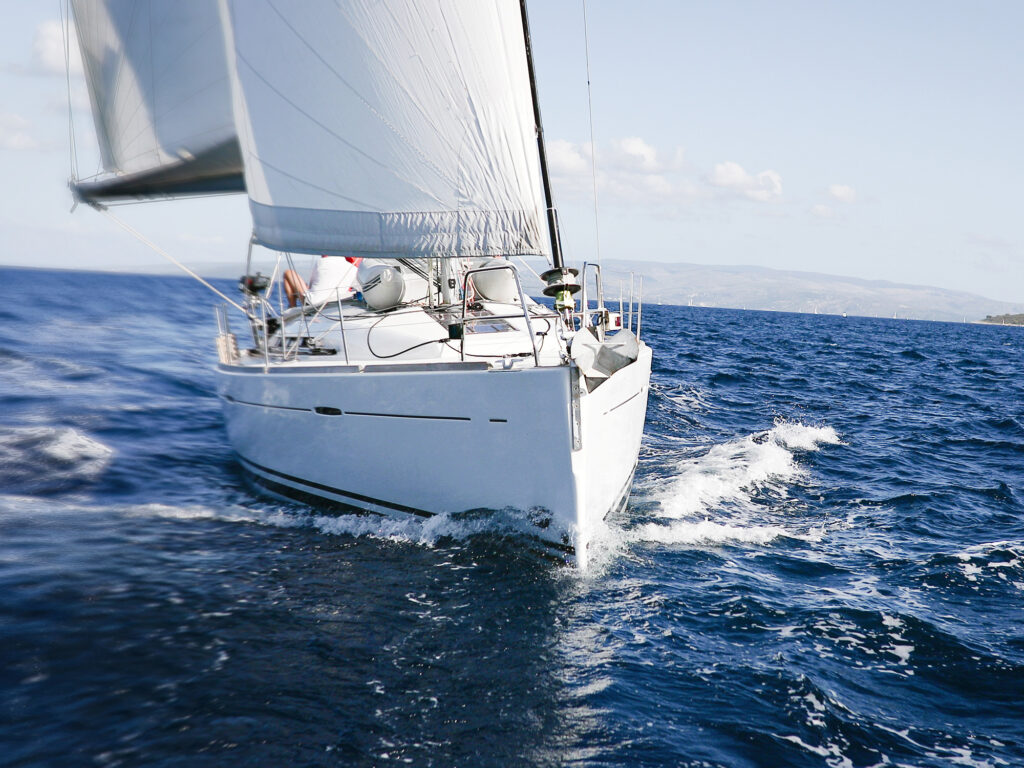
Buy spare belts, and make sure you have the tools to adjust tension. Change belts to make sure you can do the job with little difficulty.
When it comes to bilge pumps, the vast majority of today’s boats have a pair of 10-gallon-per-minute pumps with short handles. These can be inadequate to move large quantities of water. A 30-gpm Edson diaphragm pump with a 42-inch handle will move large quantities of water and can be pumped for long periods without wearing out the pumper.
Loss of steering or loss of rudder should not be regarded as a complete disaster, but rather a major inconvenience. On boats with a twin wheel installation, install an emergency tiller 6 feet long, hinged so the forward end is at a convenient height. If a cockpit table obstructs the end of the tiller, then the table base should be altered so that the table can be easily removed.
While sailing up and down the islands of the eastern Caribbean, spinnaker poles are rarely used, but if your trip south is at the beginning of a cruise to the Pacific (where you will be doing a lot of downwind trade wind sailing) then it is worthwhile to re-rig your spinnaker pole stowage. Stow the pole or poles vertically against the mast, with the inner end on a slider that goes up the mast. It makes rigging and unrigging the pole fantastically easy.
There is nothing that gets crews seasick faster in heavy weather than a stuffy cabin. Install proper ventilators. Double opening hatches—which can be opened facing aft under a dodger at sea, or reversed in port to gather air—are a great bonus. In port, good wind scoops will make life more comfortable belowdecks in even the hottest weather.
When heading south, you are not racing. If the wind goes light, you can motor-sail. If you keep engine revs down to 1,200 or less, your range will be considerable. If it starts to blow hard, then slow down to be comfortable.
Have a minimum of four crew with offshore experience. All too often, the crew is a couple heading south for semi-retirement with friends who may be good sailors, but who are not experienced offshore sailors. They run into heavy weather and things start falling apart, sometimes disastrously. If you fit that description, then hire a good delivery skipper to sail with you. In some cases, a boat’s previous owner can serve this purpose. After 52 years of owning the 46-foot yawl Iolaire, I sold her and served as the new owner’s sailing master/coach on a 500-mile passage.
A good crew is also necessary because fatigue is the rust that destroys boats. With five crew on board, you can stand watches four hours on and six off. It is essential that there are at least two bunks set up so the off-watch crew can comfortably sleep, no matter the angle of heel. Test the bunks along with everything else in heavy weather.
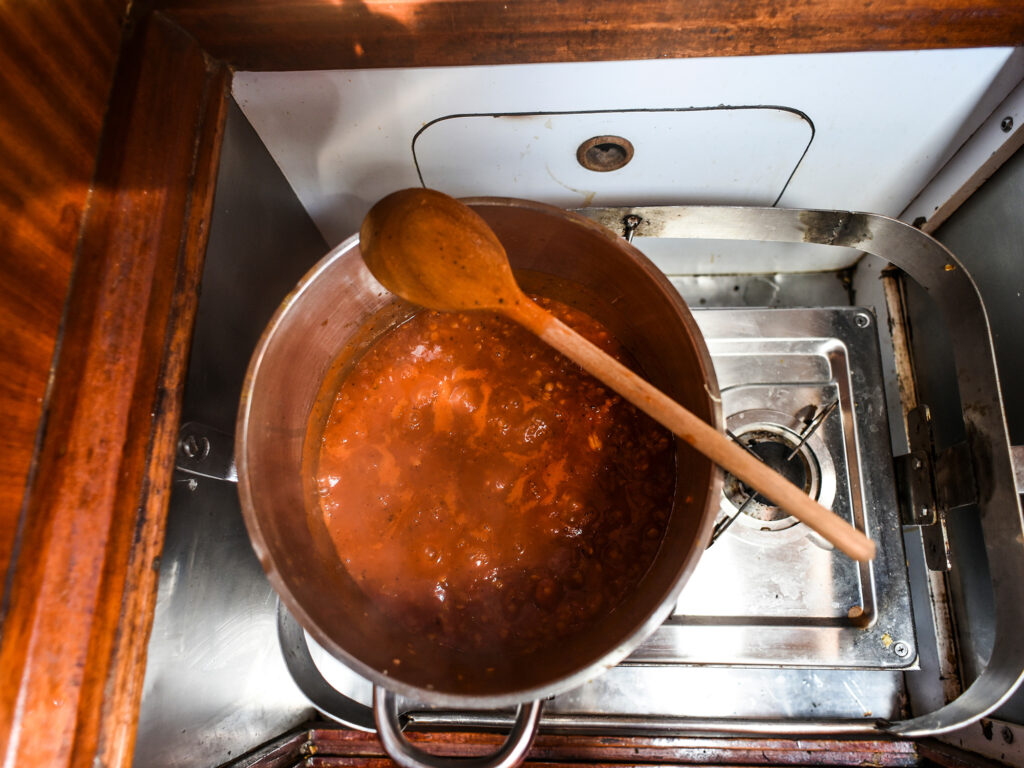
Crew also need to be well-fed. I have always insisted on a solid breakfast, soup and sandwiches at lunchtime, and a solid dinner. There is rarely a reason to miss a meal, especially if, before you head offshore, you make up a pasta sauce, beef stew and a chicken for roasting. That will give you three meals semi-prepared for cooking in heavy weather. A pre-cooked ham is also wonderful for snacks.
Seasickness can take trial and error to resolve, but anybody who is prone to it should start taking their preferred remedy 24 hours before the trip starts. Those who are seldom seasick should start taking their remedy before heavy weather is predicted to arrive.
All boats heading offshore should stow the ultimate seasickness cure: suppositories of promethegan. Pills are useless, as they just keep coming up, but the suppository gets into the system and produces an amazingly fast recovery. I have had completely disabled crewmembers fully recover in four hours with the suppositories.
Keep this article handy when planning your passage south. If you follow the advice, you’ll boost your odds of enjoying a successful voyage south—even if you run into heavy weather.








